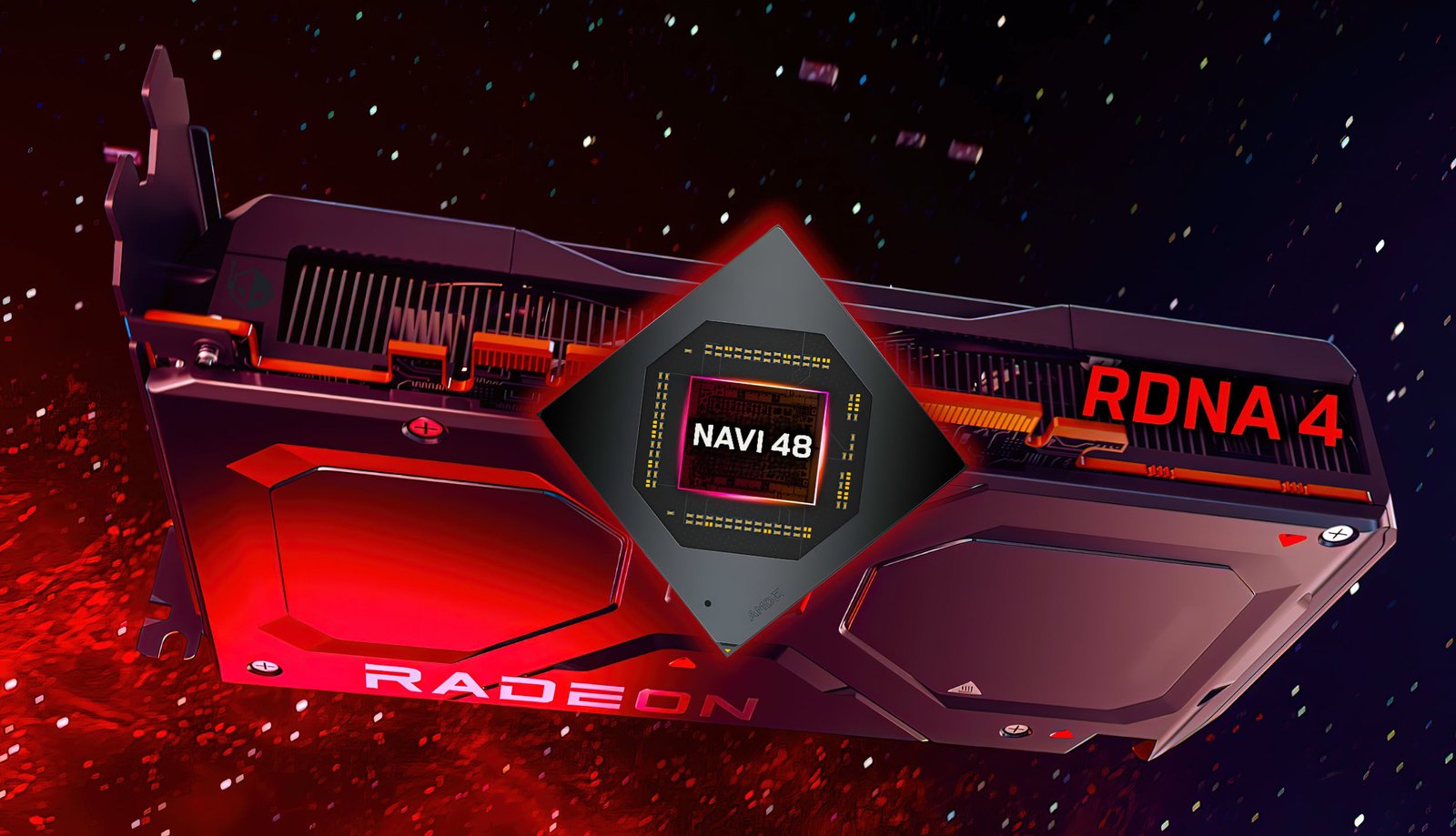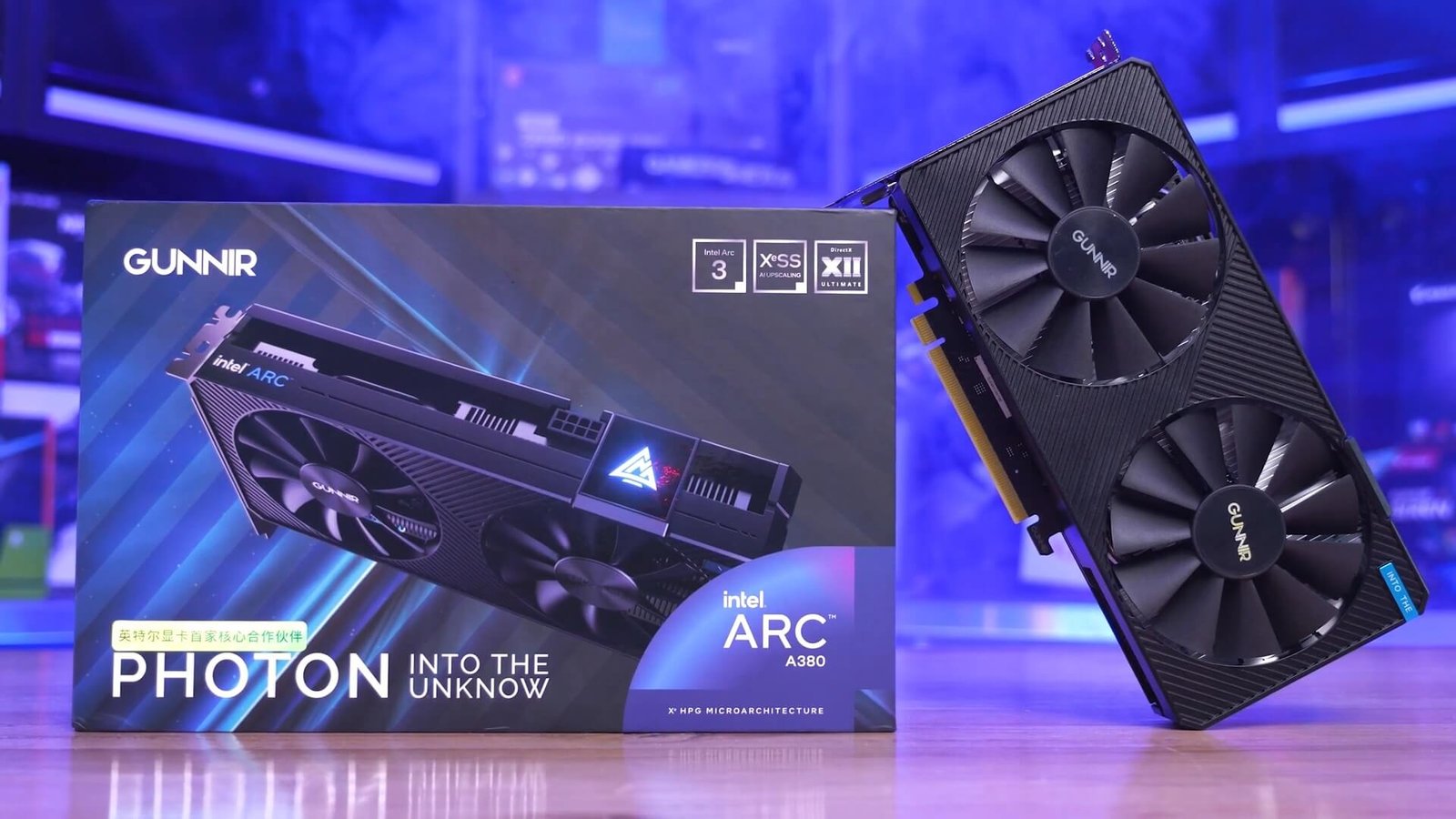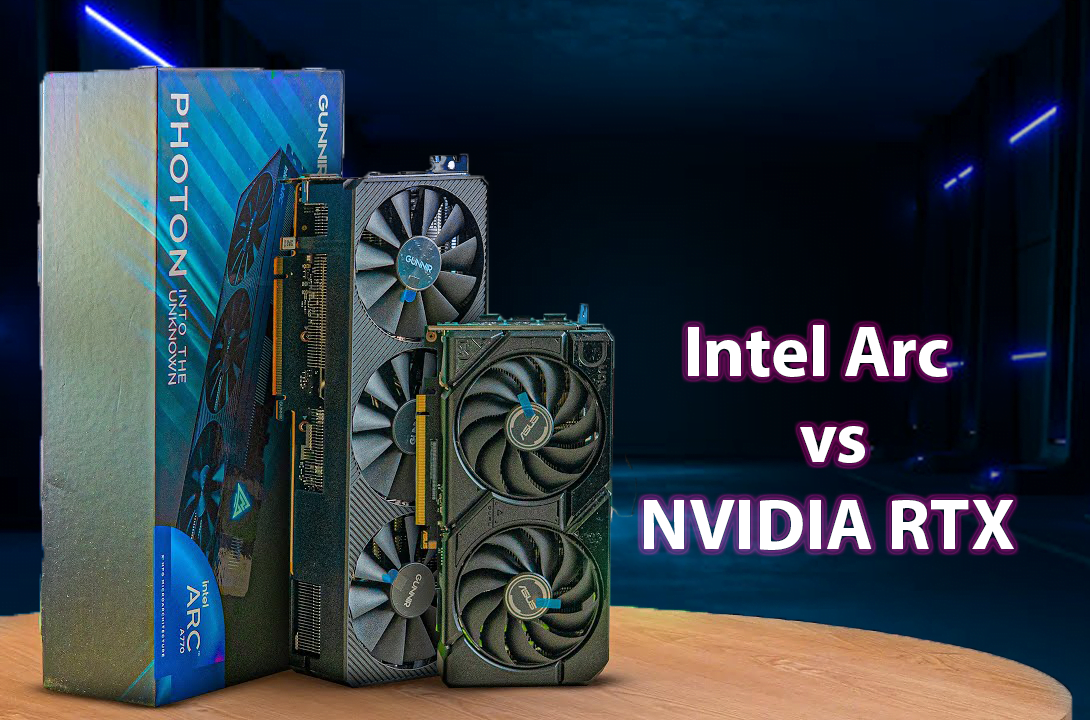As we anticipate the arrival of AMD’s next generation of graphics cards based on the RDNA4 architecture, it appears that the company is shifting its focus toward the mid-range segment rather than competing in the high-end market. This decision may not be as concerning as it seems; after all, for the vast majority of consumers, it is more important to purchase a graphics card that fits their budget and meets their gaming needs. Provided that these new cards are sold at competitive price points, the RDNA4 series could cater to the requirements of many gamers.
Historical Context: AMD’s Mid-Range Strategy
Historically, AMD has explored this mid-range strategy before, and it is worth revisiting some key moments. One of the most notable examples is the GeForce 8800 series, which was groundbreaking as the first DirectX 10 graphics card. These cards aged remarkably well, providing solid performance over time. In contrast, ATI’s 2900XT, released later, consumed more power and offered inferior performance. AMD’s acquisition of ATI marked a turning point, leading to the development of the Radeon 3000 series. While this series was not designed to outperform the 2000 series or NVIDIA’s 8800 lineup, it was small, efficient, and most importantly, competitively priced.
Competitive Pricing: A Key to Success
In fact, the slightly cut-down Radeon 3850 was priced closer to the mid-range GeForce 8600 cards, yet it outperformed them significantly, setting a precedent for value in the market. Although the Radeon 3000 series did not provide flagship performance, it offered decent options at a more accessible price point, paving the way for the even more successful Radeon 4000 series.
The 4000 series, while not necessarily the fastest on the market, was remarkably affordable to produce, which allowed AMD to price them competitively. This strategy made them the go-to option for many gamers looking for a cost-effective solution. If RDNA4 aims to replicate this success, competitive pricing will be critical for AMD to regain its foothold in the market.
Current Challenges: Pricing Strategy and Competition
Currently, the major issue for AMD lies in its pricing strategy. While slightly undercutting NVIDIA may seem viable, raw performance alone does not suffice. Considering NVIDIA’s superior features in ray tracing, upscaling, and encoding, merely pricing competing products slightly lower than NVIDIA’s offerings is inadequate.
Another notable instance of AMD targeting the mid-range was with the Polaris architecture. Although AMD was still striving to compete in the high-end with Vega, those cards arrived so late in the market that it appeared AMD was only focusing on mid-range options. Polaris, while decent in terms of efficiency, was ultimately outperformed by NVIDIA’s GeForce 1060 shortly after its release. However, Polaris’s competitive pricing and the introduction of the Radeon 470—priced closely to NVIDIA’s weaker 1050 cards—helped it maintain a foothold in the market.
Consumer Perception and Marketing Challenges
Critics often argue that AMD’s insistence on being price-competitive is moot because consumers continue to choose NVIDIA. A prime example of this is the GeForce 1050 Ti, which was significantly inferior to both the Radeon 470 and 570 yet enjoyed far greater sales. This phenomenon reflects a marketing weakness on AMD’s part, as one would expect a tech-savvy audience to recognize the superior value offered by AMD cards.
Since the release of these cards in 2016, there has been a marked increase in public awareness of technology, spurred by the rise of tech-focused YouTube channels. If AMD produces a superior product today, it stands a better chance of achieving higher sales than in the past.
The Risk of Abandoning High-End Offerings
However, the decision to drop high-end offerings in favor of mid-range cards raises concerns. It suggests a lack of competitiveness at the high end, prompting the question of whether it is worth allocating resources to this segment. The premise that AMD’s new cards will be smaller, cheaper, and more efficient simply because they are targeting the mid-range market does not align with the realities of the current GPU landscape. Cards like the Radeon 6700XT and 7800XT already exhibit these characteristics without being cut-down versions of high-end models.
Performance Expectations and Market Dynamics
While discussing performance expectations, it’s essential to note that speculation without credible sources leads to uncertainty. However, I would like to see a Radeon 7600 performance card priced under $200, which does not seem like an unreasonable request considering the current market dynamics, where such cards are priced around $250.
On the upper end, I remain optimistic that AMD will aim to match the performance levels of its current flagship 7900XTX. Even if RDNA4 is not targeted at the high end, it seems regressive for AMD not to at least match the performance benchmarks established two years ago. Achieving previous-generation flagship performance could lead to a revival similar to the success of the Radeon 3000 series.
Conclusion: A Call for Competitive Pricing
Ultimately, the future of AMD’s RDNA4 hinges on how competitively priced these new products will be. The market is not clamoring for faster cards at exorbitant prices; instead, it demands existing performance levels at affordable prices.
In recent years, we have witnessed a concerning trend where graphics card prices have remained stubbornly high, with each new generation appearing at prices above their predecessors. This situation calls for a significant pricing correction, which may become more likely with an influx of new products from NVIDIA, AMD, and possibly Intel.
The budget segment is currently dominated by the Radeon 6600 series, which many have been misled into believing is a viable option. However, upon closer examination, these cards are nearly two generations outdated, less power-efficient than the latest offerings, and feature obsolete technology. It’s disheartening that consumers still express enthusiasm for a 600-tier graphics card released three years ago.
While I would still recommend the Radeon 6600 for anyone looking to build a budget gaming rig today, my excitement is tempered by the reasons previously mentioned. We urgently need new budget cards that incorporate the latest features, competitive ray tracing performance, and sufficient capabilities to keep pace with the current generation of consoles at acceptable resolutions.
Final Thoughts
The sentiment among reviewers is increasingly aligned with this perspective, as they reflect on a time when graphics cards delivered better value. If AMD can deliver a well-rounded solution at an affordable price point, RDNA4 could signal positive news for gamers everywhere. However, there is a lingering concern that AMD may hinder its own progress with misguided pricing strategies. It is imperative for AMD to stop offering inferior products at marginally lower prices than NVIDIA, as this strategy is no longer sufficient.
In summary, AMD has the potential to make a significant impact with RDNA4, but it must navigate the complexities of pricing and performance to ensure that it delivers value to consumers. By focusing on producing quality mid-range cards at competitive price points, AMD can once again make PC gaming accessible for a broader audience.




